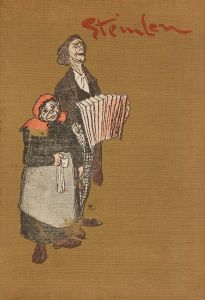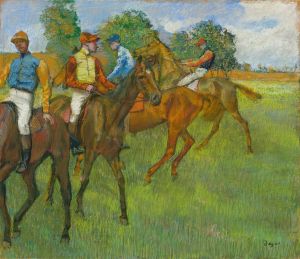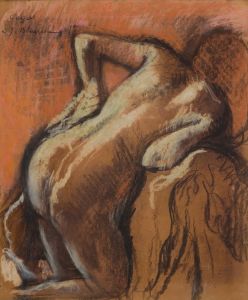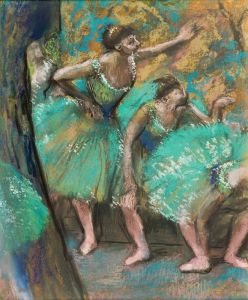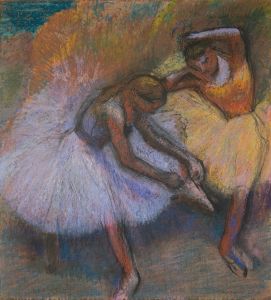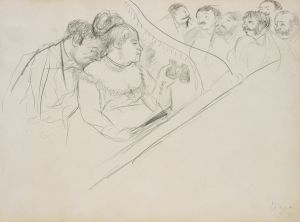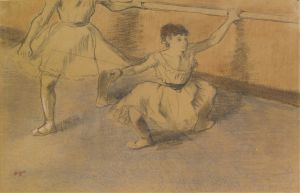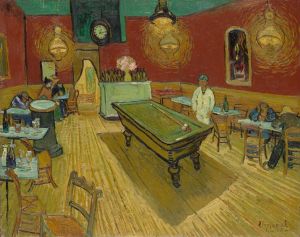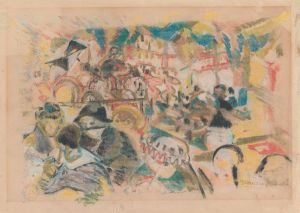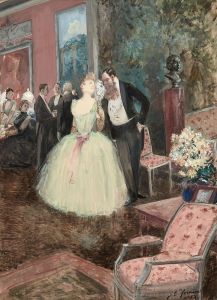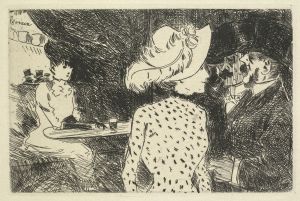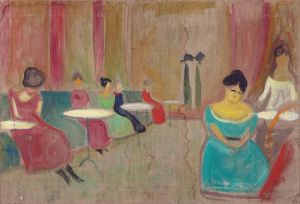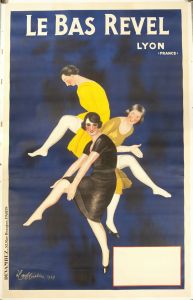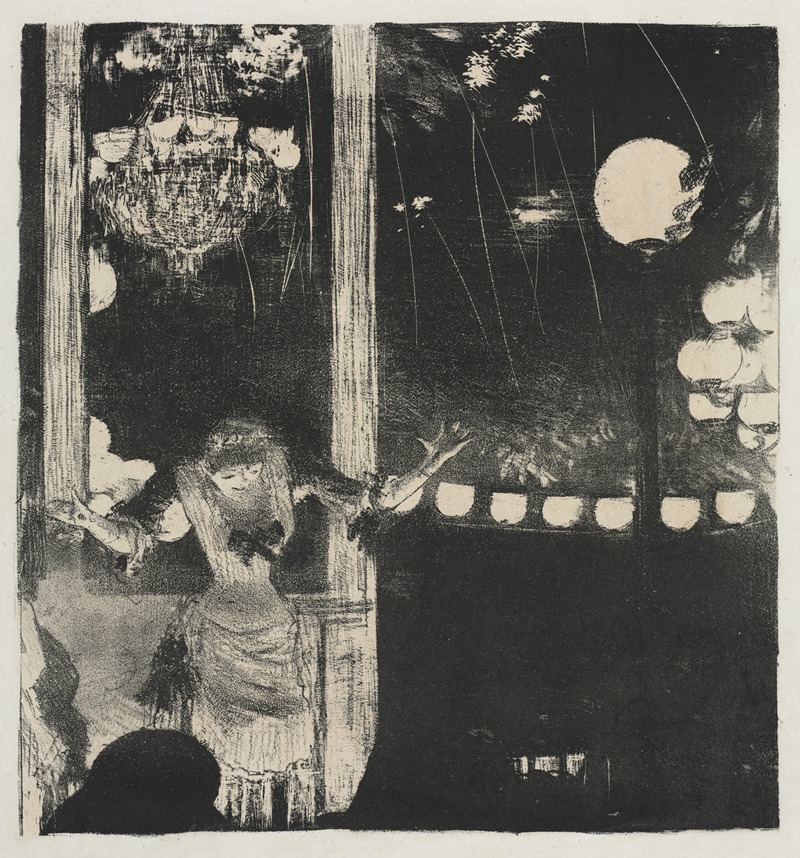
Mlle Bécat at the Café des Ambassadeurs
A hand-painted replica of Edgar Degas’s masterpiece Mlle Bécat at the Café des Ambassadeurs, meticulously crafted by professional artists to capture the true essence of the original. Each piece is created with museum-quality canvas and rare mineral pigments, carefully painted by experienced artists with delicate brushstrokes and rich, layered colors to perfectly recreate the texture of the original artwork. Unlike machine-printed reproductions, this hand-painted version brings the painting to life, infused with the artist’s emotions and skill in every stroke. Whether for personal collection or home decoration, it instantly elevates the artistic atmosphere of any space.
Edgar Degas's painting Mlle Bécat at the Café des Ambassadeurs is a work that reflects the artist's interest in capturing scenes of modern Parisian life during the late 19th century. Degas, a prominent figure in the Impressionist movement, was known for his innovative compositions and his focus on contemporary urban settings, particularly the world of entertainment and leisure.
This painting depicts Mlle Bécat, a performer at the Café des Ambassadeurs, a popular café-concert venue in Paris during the Belle Époque. Café-concerts were a form of entertainment that combined dining with musical and theatrical performances, and they were a significant part of Parisian nightlife at the time. The Café des Ambassadeurs, located on the Champs-Élysées, was one of the most renowned establishments of its kind, attracting both locals and tourists.
Degas's portrayal of Mlle Bécat captures the vibrant atmosphere of the café-concert scene. The artist employs his characteristic use of light, color, and composition to convey the energy and dynamism of the performance. The painting is notable for its focus on the performer, emphasizing her role as the central figure in the lively environment of the café. Degas often explored themes of performance and spectatorship in his work, and this painting is a continuation of that interest.
While Degas is best known for his depictions of ballet dancers, his works on café-concerts and other forms of entertainment provide a broader view of his artistic engagement with Parisian culture. His ability to capture the nuances of movement, expression, and atmosphere is evident in this painting, which stands as a testament to his skill as an observer of modern life.
The exact date of the painting is not definitively documented, but it is generally associated with Degas's later works, when he increasingly turned to pastel as a medium. Pastel allowed him to achieve a sense of immediacy and vibrancy, qualities that are well-suited to the subject matter of café-concerts.
Mlle Bécat at the Café des Ambassadeurs is part of Degas's broader exploration of the intersection between art and entertainment. The painting reflects his interest in the social and cultural dynamics of his time, offering viewers a glimpse into the world of 19th-century Parisian leisure. As with many of Degas's works, it combines technical mastery with a keen eye for the details of everyday life.





